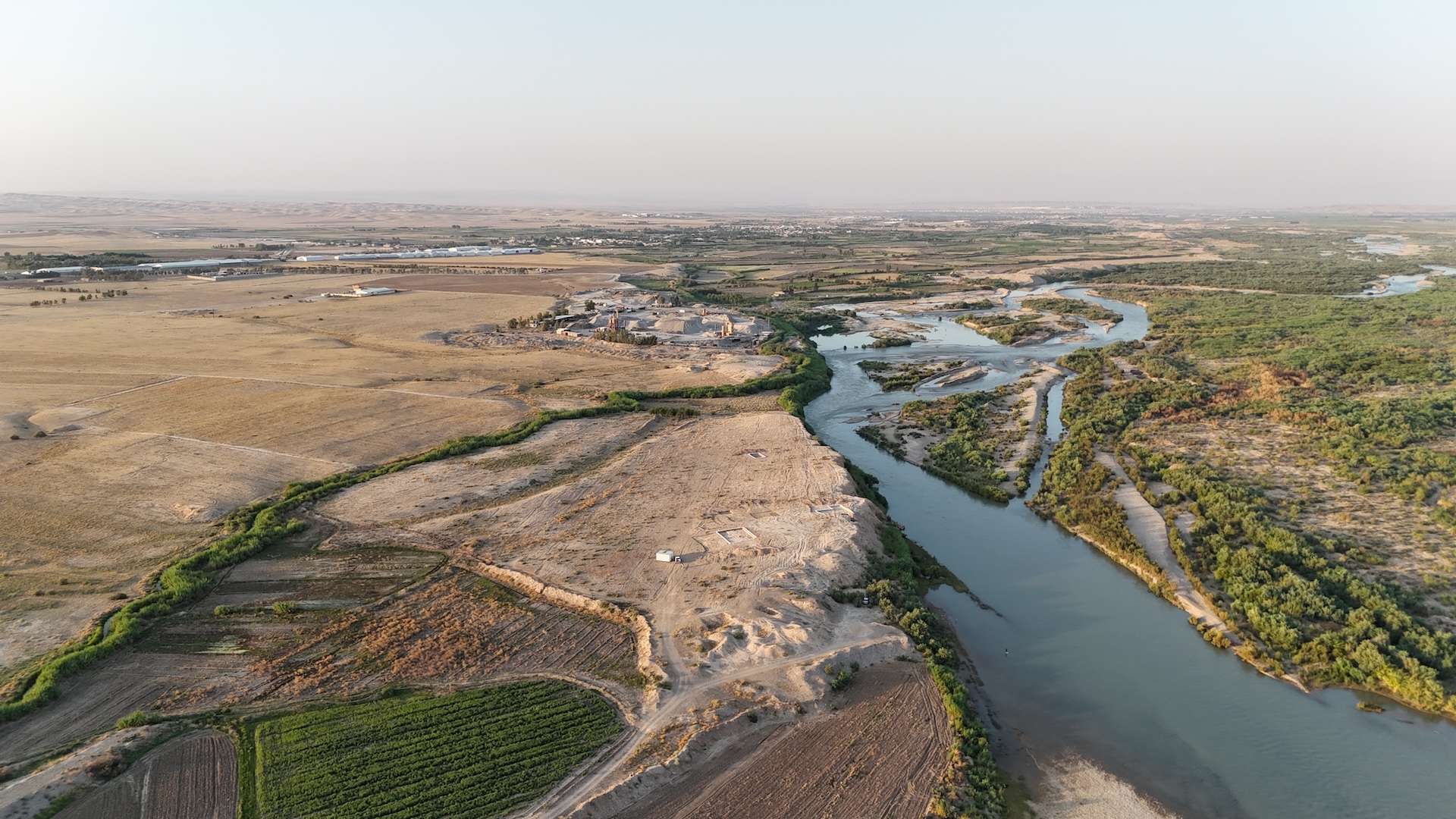This is a re-post from And Then There's Physics
I realise that I haven’t written anything for a while and am unlikely to become particularly prolific again anytime soon. However, there’s something I’ve been thinking about and thought that I would write a post. It relates to something Alex Trembath has written in an article about Climate Risk. Alex is the Deputy Director of the Breakthrough Institute or, as some call it, the Bad Take Institute.
Alex’s article is highlighting how people often get statistical relationships wrong, and he’s probably right. Properly interpreting statistics is difficult and it’s certainly not something I’d claim to never get wrong. The basic point he is making is that a small shift in a distribution can have a large effect on the extremes. For example, if we consider one side of a Guassian distribution, then events more extreme than 1σ, 2σ and 3σ happen 16%, 2%, and 0.1% of the time, respectively. If we then shift the distribution by 1σ, the same events will now happen 50%, 16%, and 2% of the time. Essentially, what was a 3σ event has now become about 20 times more likely.
The example Alex uses is people misunderstanding the wild swings in Nate Silver’s US election predictions. These don’t mean Silver’s model is horribly wrong. They’re happening because small shifts in the probability distribution can have a large effect on the expected outcome.
However, when it comes to extreme climate events, Alex seems to reverse the argument. For a particular event, climate change is assessed to have made that event 30 times more likely. However, the analysis also indicates that the same event would have been only a little bit less intense in a pre-industrial climate, which is what Alex seems to think is important. His point is that “[w]ith climate change, they instead tend to emphasize the statistical swings, and ignore the modesty of the shifts in the actual climate.”
I realise that how we interpret this information is somewhat subjective, so am not suggesting that Alex is wrong to highlight this. However, in my view there are some other factors to consider.
Firstly, even if climate change has essentially made this event only slightly more intense, an event that we would have regarded as extreme in a pre-industrial climate is now happening more often. Secondly, the shift of the distribution could now mean that an event that was virtually impossible in a pre-industrial climate is now possible. The 40oC experienced in the UK in 2022 may be an example of such an event. Finally, we haven’t stopped emitting GHGs into the atmosphere. So, even if climate change is only making extreme events slightly more intense now, this may not continue to be the case if we don’t get emissions to zero relatively soon (for some definition of “soon”).
There were a couple of things I found interesting about this. One was simply thinking about the statistical relationship, which I have thought about a bit before, but not in any great detail. The other is how Alex has authoritatively criticised the way in which some groups use statistics, while largely doing the same kind of thing himself; selecting the relationship that fits his own biases. That a small shift in the climate can have a large impact on the extremes seems like an important thing to highlight and focussing on the small shift would seem to be underplaying the potential impact. Of course, ideally, we should be willing to acknowledge all of the statistical inferences, rather than just focussing on those we think best suits the message we’re trying to present.

 1 month ago
22
1 month ago
22

